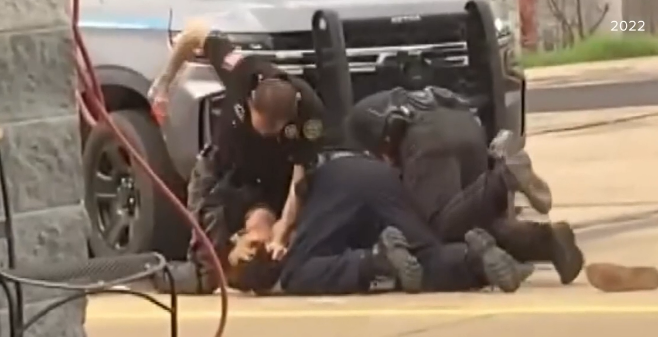Jun. 9 (GIN) – Six days before Rwanda would explode in a genocidal bloodbath, the U.S. Ambassador to the United Nations saw the storm clouds on the horizon and pushed to send all peacekeepers home, despite signs of an imminent disaster.
In a recently declassified cable, Ambassador Madeleine K. Albright advised the Dept. of State that a “window of opportunity” was available to withdraw the bulk of the force of U.N. peacekeepers. A “skeletal staff” could be left behind to negotiate a cease-fire and any future negotiations, she wrote in the cable of April 12, 1994.
At the National Security Council, Richard A. Clarke, a counterterrorism adviser to President Bill Clinton, was also trying to scale back American involvement in U.N. peacekeeping operations, in part to fend off lawmakers who wanted to end them altogether, according to a newly-published report.
The genocide was set off by the downing of the plane carrying Rwandan president Juvénal Habyarimana and Burundian president Cyprien Ntaryamira on Apr. 6, 1994.
“Most of the U.N. force was withdrawn shortly after the cable, leaving the violence almost completely unchecked. The crisis rapidly escalated into one of history’s most grimly efficient genocides, with some 800,000 people killed in less than 100 days,” Mark Landler wrote in an explosive piece in the June 3 edition of the NY Times.
On April 21, after a week in which 10,000 Rwandans were killed in Kigali alone, wrote Landler, the Security Council cut the size of the force to 270 troops from 2,100. The remaining peacekeepers found themselves “standing knee-deep in mutilated bodies,” said Roméo Dallaire, the Canadian general who commanded the U.N. Nations force.
Some 300 secret cables from the U.S., Britain, New Zealand and other members of the U.N. Security Council have just been published online on the websites of the National Security Archive and the U.S. Holocaust Memorial Museum.
Twenty years since the genocide, the posted material provides a damning timeline of the top secret debates among diplomats who voted to pull out most of the peacekeepers at the very moment they could have curbed the killing.
Tom Blanton, director of the National Security Archive at George Washington University, told the Times: “It’s clear, in hindsight, that the pullout of peacekeeping was the green light for genocide.”
Cameron Hudson, acting director of the Holocaust Museum’s Center for the Prevention of Genocide, said, “It looks very cold and doesn’t paint any of the big countries in a good light.”
Blanton’s organization, along with the Holocaust Museum and The Hague Institute for Global Justice, were sponsors of a conference this past weekend on how the world handled the Rwanda crisis.
The conference focused on three themes: Failure to prevent, failure to protect and lessons learned.
Still classified are some 100 internal White House emails on Rwanda, held by the Clinton presidential library, which could shed light on the marching orders Ms. Albright was getting from the White House.
A request for declassification has been stalled by the Library for the past nine months.












